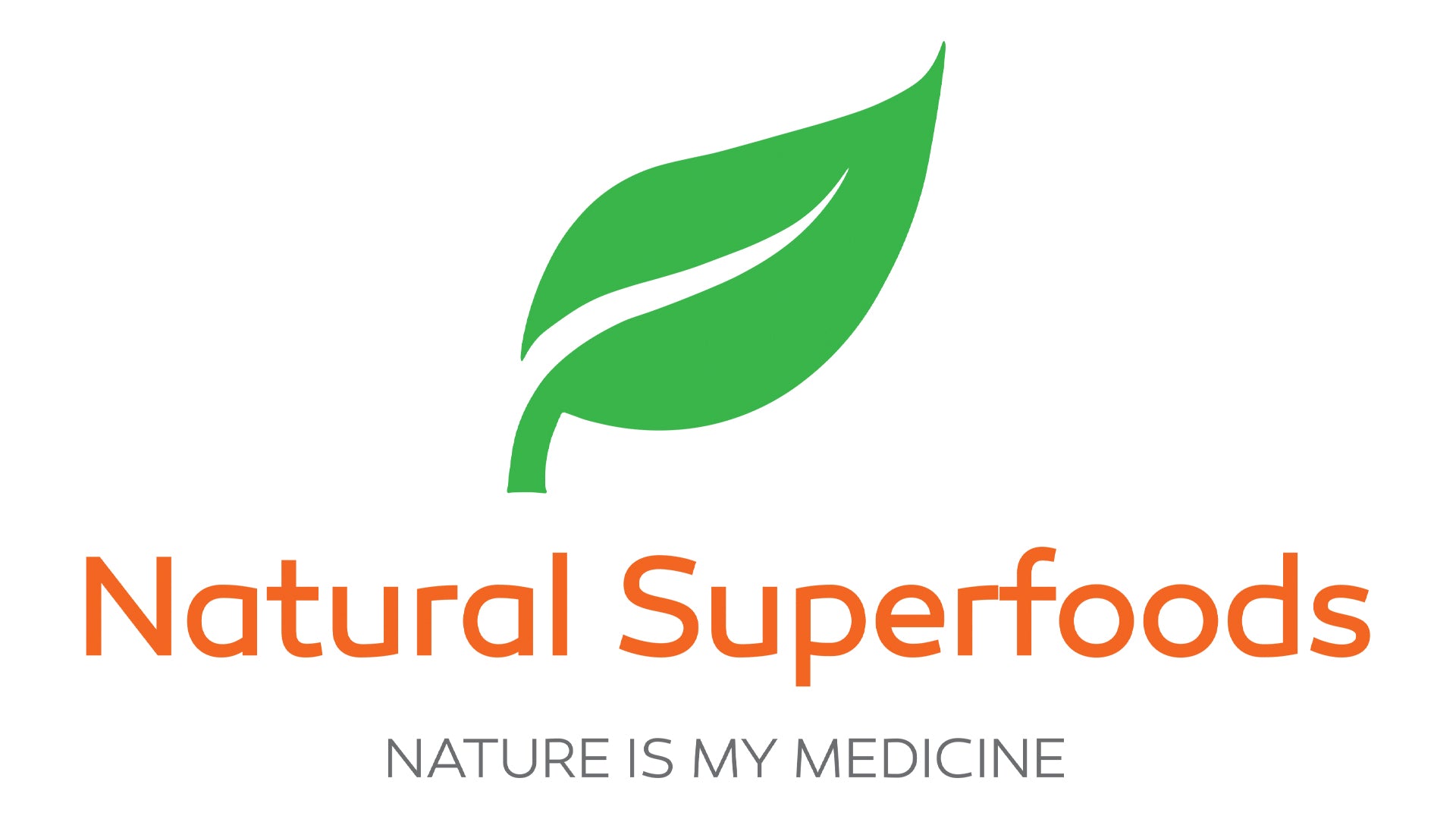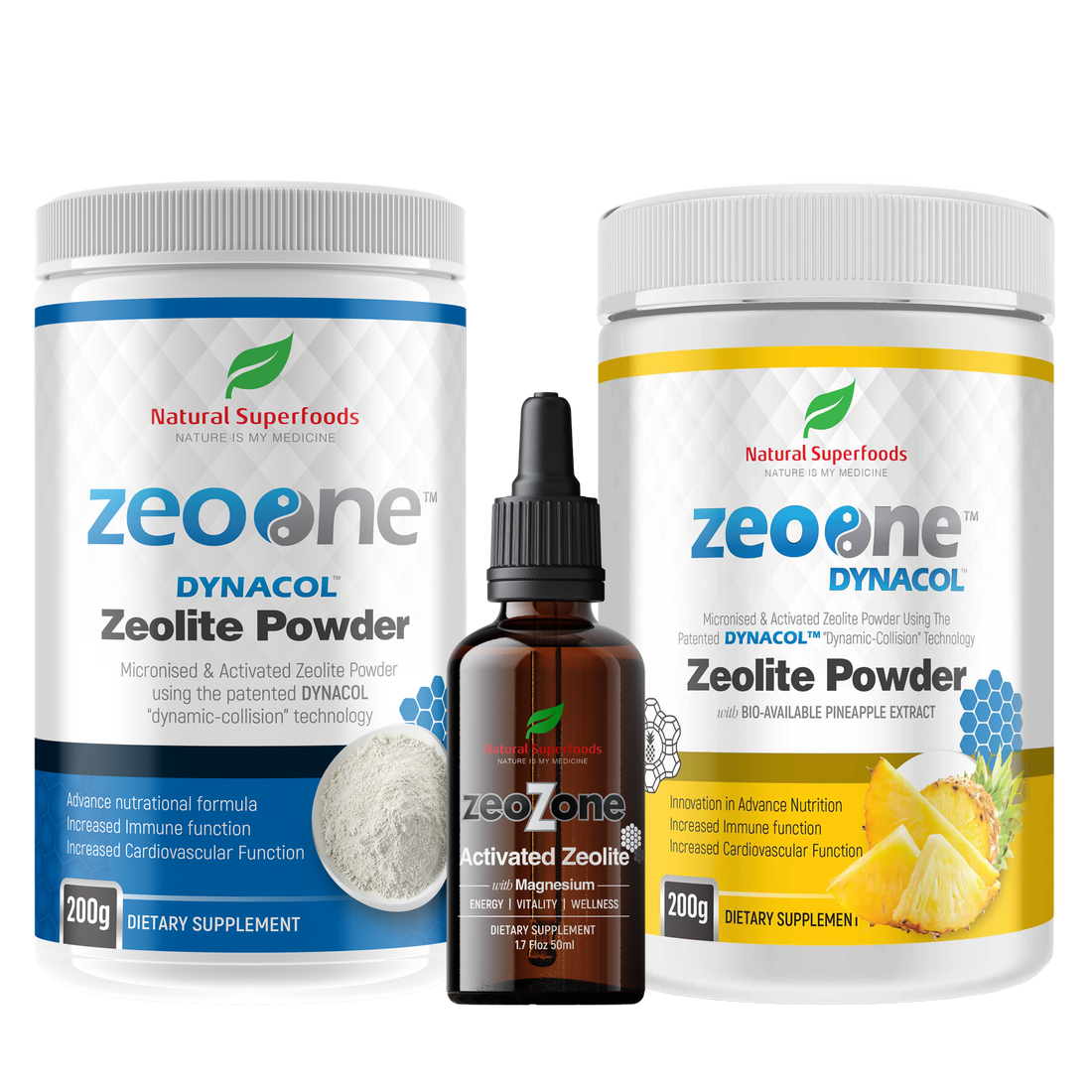Comparison of Powdered Zeolite and Liquid Zeolite
In December 2012 Emmanouil Karampahtsis, a naturopathic doctor in Arizona, USA investigated the effectiveness and safety of zeolite as an oral chelating agent for heavy metals. The study also compared different commercial preparations of zeolite, both liquid and powder.
Three different commercial zeolite preparations available for oral consumption in America were tested to assess their chelating capabilities on 20 different heavy metals which are potentially toxic to humans. The heavy metals were measured in the urine of 20 human subjects against baseline results in people who consumed no zeolite. The preparations tested were all American in origin, a liquid zeolite, a zeolite spray and a powder.
The conclusions were very positive and showed that zeolite taken orally helps the body to rid itself of heavy metals, including lead and mercury, with minimal or no side effects.
The trial was carried out for three months with 20 participants divided into two groups, Group A and Group B. Control measures were taken to ensure accuracy of reporting. Group A was given only zeolite powder, Group B was tested first on liquid zeolite (either oral or spray) and then on zeolite powder.
Both groups were compared to each other when tested on the powdered zeolite for the same amount of time, making Group A the control for this part of the trial. As all participants were taking some form of zeolite, the true control was measurement of the individual participants before and after the study.
The higher doses recommended for each of the liquid zeolite products were compared to the minimum dose recommended for the zeolite powder. Group A was given 5 grams of powdered zeolite per day for 5 days and urine tests were then performed.
Group B were randomly given liquid zeolite either in oral drops or as a spray for 5 days. Five members of Group B used 8 sprays of liquid zeolite three times a day totalling 28.32 milligrams (0.02832 grams) of zeolite per day. The other five members of Group B had 10 drops of liquid zeolite three times per day, totalling 240 milligrams (0.24 grams) per day. After five days urine tests were performed.
Group A and Group B were then given the maximum recommended dose of powdered zeolite (15 grams per day) for a total of four weeks to evaluate the safety of the product at the highest recommended dose.
All participants received a blood test at the end of the study to evaluate any potential impact of the zeolite on blood chemistry, liver and/or kidney function. Tests for excretion of heavy metals were not carried out during the higher consumption of 15 grams of powdered zeolite.
The excretion in urine of 20 toxic elements was tested. Those elements were:
Arsenic, Lead, Mercury, Aluminum, Antimony, Barium, Bismuth, Cadmium, Cesium, Gadolinium, Gallium, Nickel, Niobium, Platinum, Rubidium, Thallium, Thorium, Tin, Tungsten and Uranium.
Excretion levels at baseline were compared to excretion levels during zeolite use. Observations were made in the differences in excretion between the participants who took liquid zeolite and then when the same participants took zeolite powder. Results of the oral spray and oral drops were grouped together in the same data set, since no significant differences were observed between the performances of either of the liquid preparations.
The overall performance of each zeolite product for each heavy metal for all participants was measured in two ways ... the median percent difference in excretion, and the percentage of participants who showed at least 50% increase in excretion.
Results
Arsenic
Group A showed a median increase in excretion of 119% with 73.7% showing at least 50% increase in excretion. Group B showed a median increase in excretion of -8% with 0% showing at least 50% increase in excretion.
Aluminium
Group A showed a median increase in excretion of 43% with 57.4% showing at least 50% increase in excretion. Group B showed a median increase in excretion of 0% with 0% showing at least 50% increase in excretion.
Antimony
Group A showed a median increase in excretion of 0% with 5.3% showing at least 50% increase in excretion. Group B showed a median increase in excretion of 0% with 10% showing at least 50% increase in excretion.
Barium
Group A showed a median increase in excretion of 37% with 47.4% showing at least 50% increase in excretion. Group B showed a median increase in excretion of 0% with 10% showing at least 50% increase in excretion.
Bismuth
Group A showed a median increase in excretion of 0% with 0% showing at least 50% increase in excretion. Group B showed a median increase in excretion of 0% with 0% showing at least 50% increase in excretion.
Cadmium
Group A showed a median increase in excretion of 0% with 10.5% showing at least 50% increase in excretion. Group B showed a median increase in excretion of 0% with 0% showing at least 50% increase in excretion.
Cesium
Group A showed a median increase in excretion of 41% with 31.6% showing at least 50% increase in excretion. Group B showed a median increase in excretion of 0% with 0% showing at least 50% increase in excretion.
Gadolinium Group A showed a median increase in excretion of 0% with 0% showing at least 50% increase in excretion. Group B showed a median increase in excretion of 0% with 0% showing at least 50% increase in excretion.
Gallium
Group A showed a median increase in excretion of 0% with 15.8% showing at least 50% increase in excretion. Group B showed a median increase in excretion of 0% with 0% showing at least 50% increase in excretion.
Lead
Group A showed a median increase in excretion of 43% with 47.4% showing at least 50% increase in excretion. Group B showed a median increase in excretion of 0% with 0% showing at least 50% increase in excretion.
Mercury
Group A showed a median increase in excretion of 0% with 5.3% showing at least 50% increase in excretion. Group B showed a median increase in excretion of 0% with 0% showing at least 50% increase in excretion.
Nickel
Group A showed a median increase in excretion of 23% with 26.3% showing at least 50% increase in excretion. Group B showed a median increase in excretion of 0% with 10% showing at least 50% increase in excretion.
Niobium
Group A showed a median increase in excretion of 0% with 0% showing at least 50% increase in excretion. Group B showed a median increase in excretion of 0% with 10% showing at least 50% increase in excretion.
Platinum
Group A showed a median increase in excretion of 0% with 5.3% showing at least 50% increase in excretion. Group B showed a median increase in excretion of 0% with 10% showing at least 50% increase in excretion.
Rubidium
Group A showed a median increase in excretion of 0% with 0% showing at least 50% increase in excretion. Group B showed a median increase in excretion of 0% with 10% showing at least 50% increase in excretion.
Thallium
Group A showed a median increase in excretion of 119% with 73.7% showing at least 50% increase in excretion. Group B showed a median increase in excretion of 0% with 0% showing at least 50% increase in excretion.
Thorium
Group A showed a median increase in excretion of 0% with 0% showing at least 50% increase in excretion. Group B showed a median increase in excretion of 0% with 0% showing at least 50% increase in excretion.
Tin
Group A showed a median increase in excretion of 0% with 5.3% showing at least 50% increase in excretion. Group B showed a median increase in excretion of 0% with 10% showing at least 50% increase in excretion.
Tungsten
Group A showed a median increase in excretion of 99% with 68.4% showing at least 50% increase in excretion. Group B showed a median increase in excretion of 0% with 10% showing at least 50% increase in excretion.
Uranium
Group A showed a median increase in excretion of 0% with 0% showing at least 50% increase in excretion. Group B showed a median increase in excretion of 0% with 0% showing at least 50% increase in excretion.
A comparison of these results demonstrated that zeolite powder outperforms liquid zeolite in drops or spray by a ratio of 11:4.
Most urinary excretion was observed with the use zeolite powder as an oral chelating agent in the following heavy metals (mean percent increase in excretion):
Arsenic 119%,
Thallium 119%,
Tungsten 99%,
Lead 43%,
Aluminum 43%,
Cesium 41%,
Barium 37%
Nickel 23%.
A 50% increase in excretion of the heavy metal while taking zeolite powder, in comparison to baseline, were shown as follows:
Arsenic 73.7%,
Thallium 73.7%,
Aluminum 57.4%,
Tungsten 68.4%,
Lead 47.4%,
Barium 47.4%,
Cesium 31.6%,
Nickel 26.3%.
Safety
All participants tolerated the zeolite preparations very well and no adverse reactions or symptoms were reported with the exception of one participant who reported flatulence when consuming 15 grams of zeolite powder per day. Flatulence was relieved immediately when the dose was lowered to 10 grams per day.
Comparison of blood tests taken before and after the study showed no difference in any of the measured values, no negative effects on the blood were found and no significant changes were observed in kidney or liver function or electrolyte levels immediately after the consuming each of the zeolite preparations. These results proved one hypothesis of the study, that zeolite is safe to take orally.

